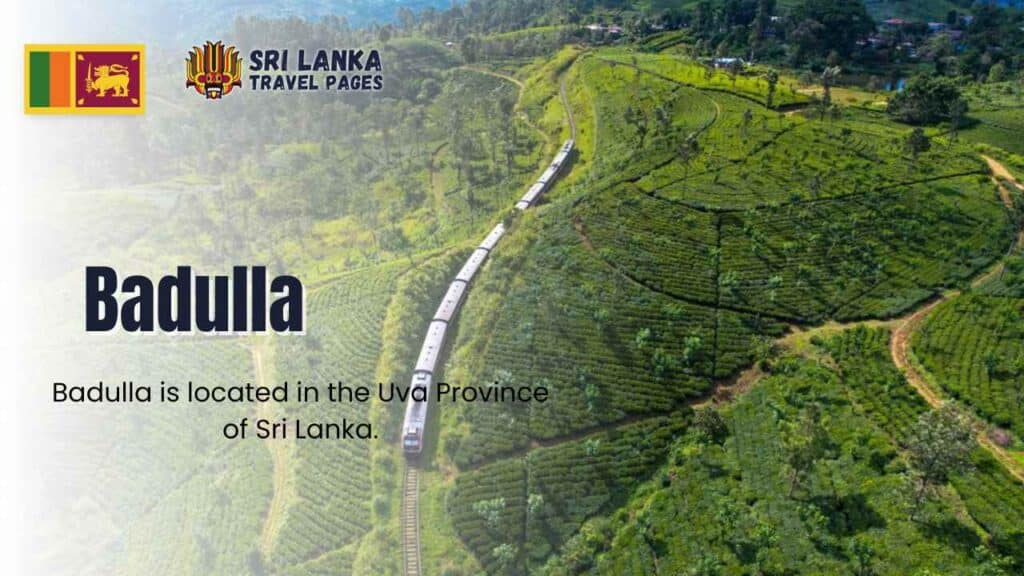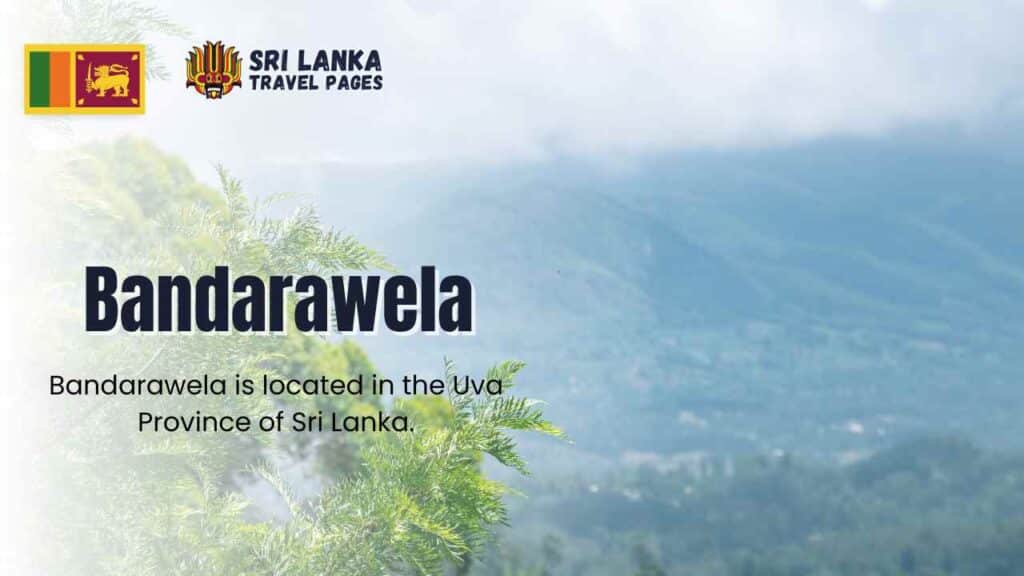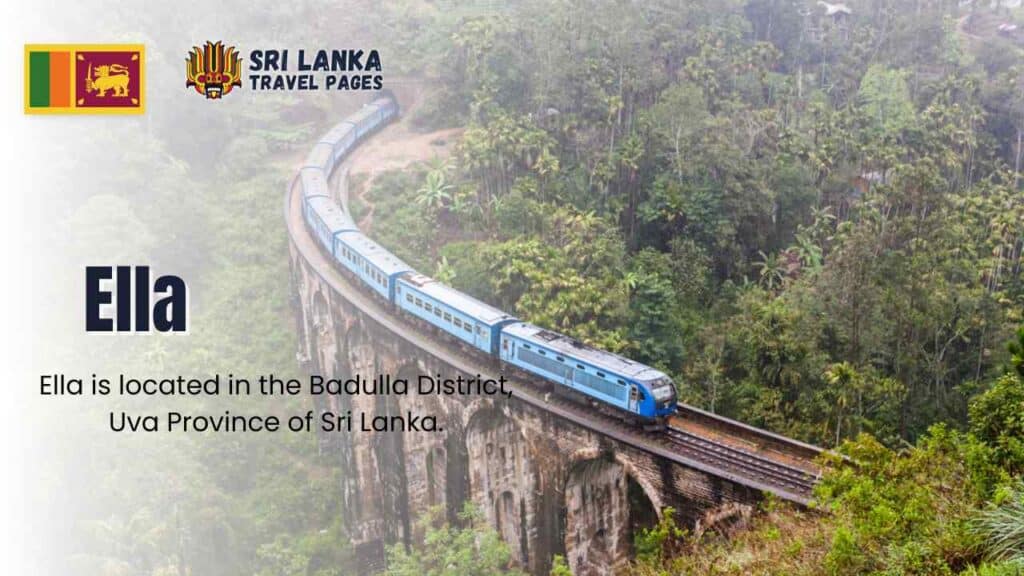Badulla, nestled in the heart of Sri Lanka, is a testament to the island’s rich tapestry of history, culture, and breathtaking natural landscapes. The serene Badulu Oya River and the magnificent Namunukula mountain range, which is 680 meters above sea level, surround this city. With its roots stretching back to pre-colonial times as a domain of a Sinhalese prince and later transforming under British rule, Badulla today is a vibrant mix of the past and the present, making it an intriguing destination for travellers.
Badulla, a city rich in history and natural beauty, also boasts a dynamic demographic and administrative landscape. With a population of 47,587 and 29 Grama Niladhari (GN) divisions, this city reflects the vibrant life and organized governance underpinning its development and cultural diversity.
Total Population
47,587
GN Divisions
29

The journey of Badulla from an isolated village to a bustling city is a fascinating narrative of Sri Lanka’s evolution through the ages. The British, recognizing its strategic and economic value, constructed roads connecting Badulla with Kandy and Nuwara Eliya, integrating it into the colonial plantation economy. This era established Badulla as a key administrative and commercial hub, leaving an indelible mark on its architecture and urban landscape.
The remnants of British colonial architecture, such as the Badulla railway station, St. Mark’s Church, and the Old Welekade Market, are silent witnesses to the city’s storied past. These structures, alongside the thriving tea plantations encircling the town, narrate the tale of Badulla’s transformation and its pivotal role in Sri Lanka’s tea industry.
Badulla’s climate, characterized by a tropical monsoon pattern, is crucial in shaping its natural and agricultural landscape. The wet season, stretching from October to January, nourishes the soil, making it a fertile ground for tea cultivation. Meanwhile, the cooler temperatures from December to February offer a pleasant respite from the tropical warmth, adding to Badulla’s allure as a year-round destination.
The district of Badulla is renowned for its tea production, ranking second only to Nuwara-Eliya in terms of output. The lush tea gardens that drape the hillsides are not just economic assets but also scenic marvels, inviting visitors to delve into the heart of Sri Lanka’s tea culture, explore the plantations, and sample the exquisite flavours of Ceylon tea.
Transport
By Road
Badulla’s accessibility is one of its key advantages. Whether travelling from Colombo, Kandy, or Galle, the journey to Badulla is an adventure, offering panoramic views of Sri Lanka’s diverse landscapes. The routes wind through picturesque towns, revealing the region’s natural beauty and cultural richness.
By Rail
The Badulla railway station, the terminus of the upcountry railway line, is a historical landmark. Built by the British to transport tea to Colombo, the railway line is now a lifeline for the local economy and tourism, offering one of the most scenic train journeys in the world.
| GN Code | Name |
|---|---|
| 005 | Pitawelagama |
| 010 | Badulla North |
| 015 | Medapathana |
| 020 | Kailagoda |
| 025 | Andeniya |
| 030 | Sirimalgoda |
| 035 | Damanwara |
| 040 | Hinnarangolla |
| 045 | Kendagolla |
| 050 | Thelbedda Estate |
| 055 | Ilukthenna |
| 060 | Hegoda |
| 065 | Badulupitiya |
| 070 | Badulla Central |
| 075 | Badulla West |
| 080 | Katupelella |
| 085 | Badulla South |
| 090 | Badulla East |
| 095 | Hindagoda |
| 100 | Rambukpotha |
| 105 | Malangamuwa |
| 110 | Viyadiguna |
| 115 | Vineethagama |
| 120 | Wewessa |
| 125 | Welibissa |
| 130 | Glen Alpin |
| 135 | Udawela |
| 140 | Hingurugamuwa |
| 145 | Kanupelella |
- Police Station: 055-2222222 / 055-2222226
- Hospital: 0552222261 / 0552222262
Places to Visit in Badulla
Cafes & Restaurants
Places to stay in Badulla
Cities near Badulla
Also Read More about Sri Lanka attractions latest travel Tips
Sri Lanka Launches a New eVisa Website
Sri Lanka’s Department of Immigration and Emigration introduced a new eVisa system on April 17,…
15 Best Hotels and Resorts in Kandy
Kandy, the cultural capital of Sri Lanka, is renowned for its historical significance, vibrant cultural…
Luxury Hotels in Ella, Sri Lanka, with a Pool
Ella, located in Sri Lanka, is an enchanting haven celebrated for its verdant scenery and…





